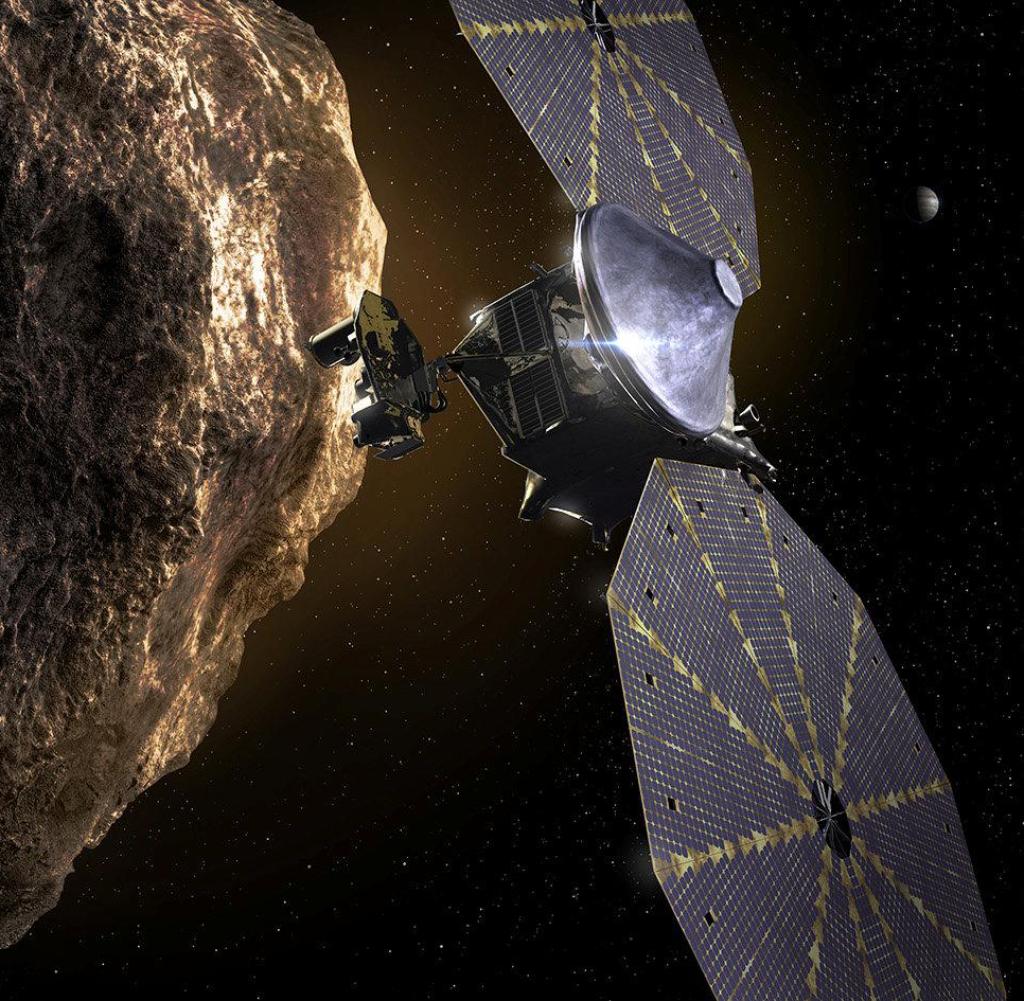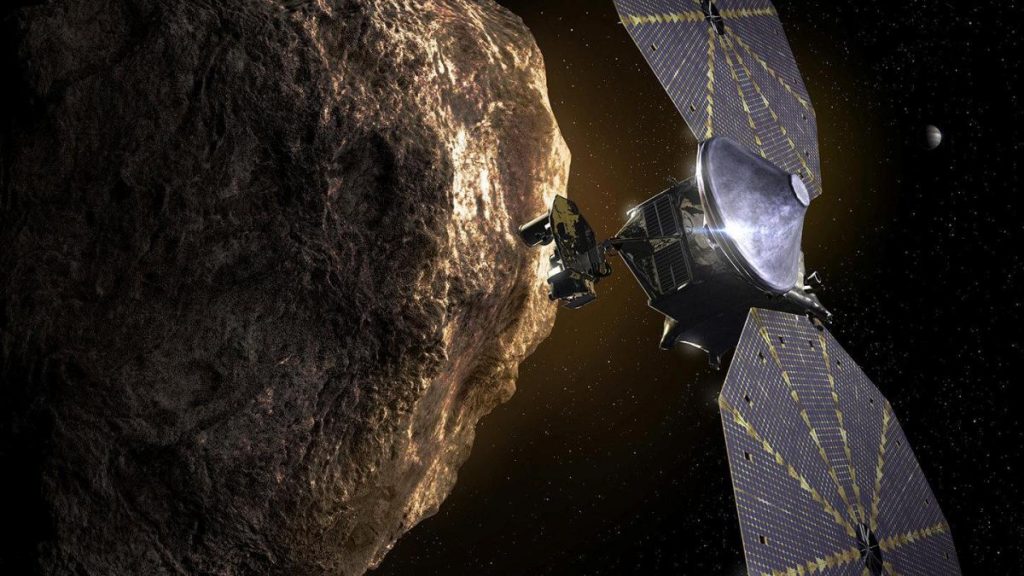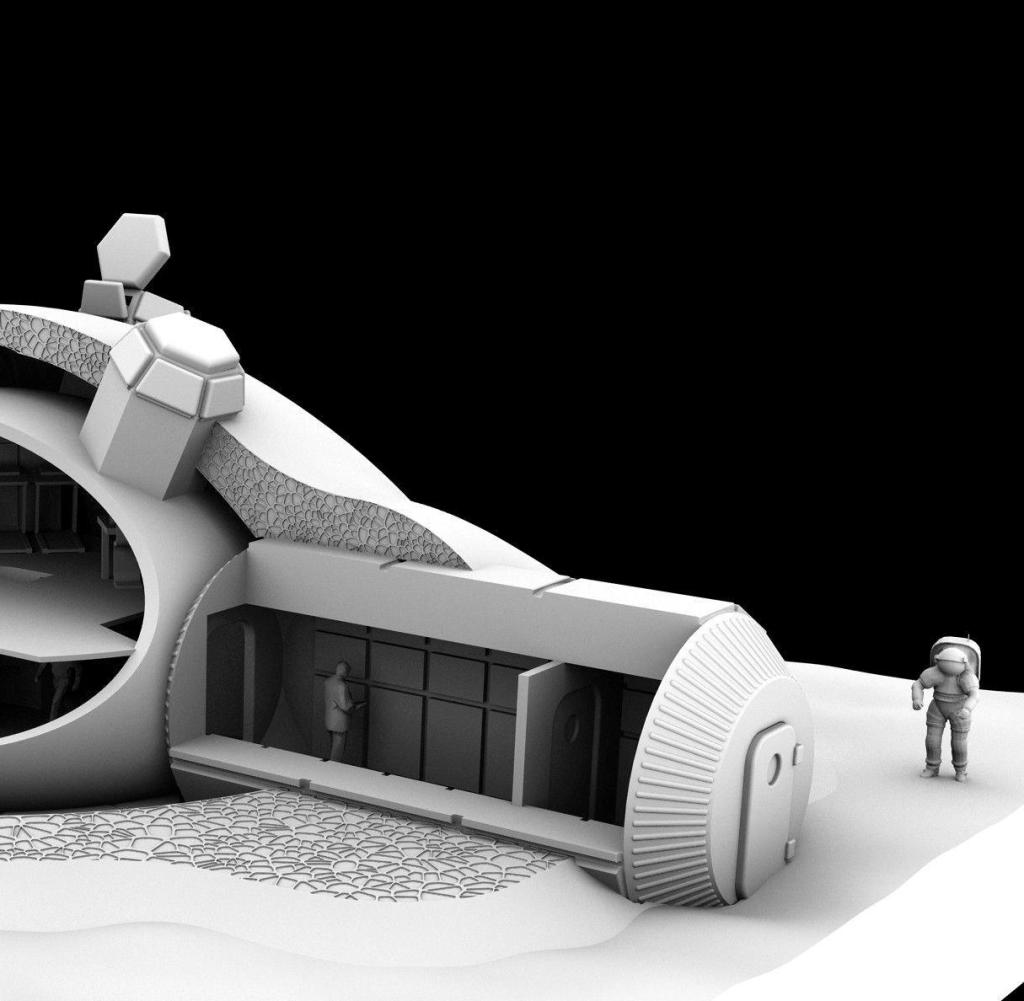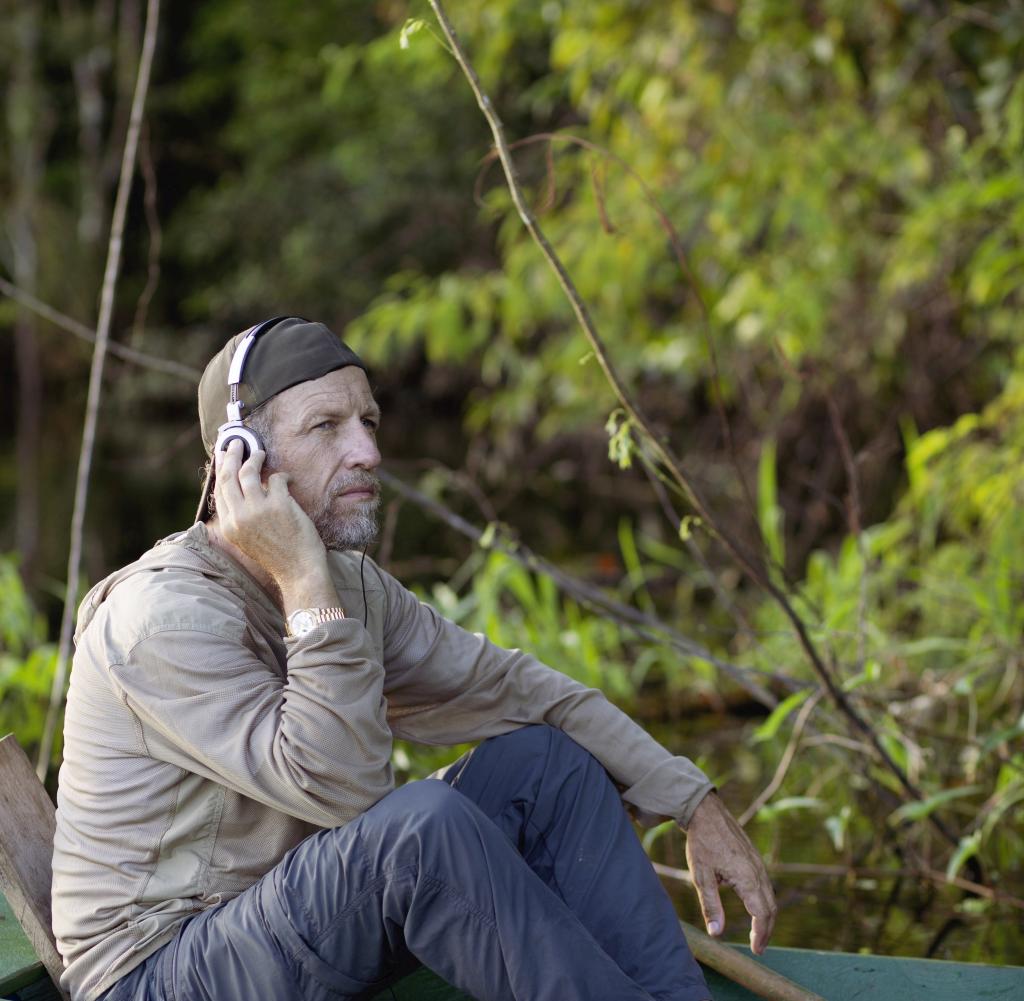“We are going on a road trip – four billion kilometers”

The solar sails of “Lucy” have a colossal span of up to 15 meters, because the sun’s light reaches Jupiter 25 times less than it does on Earth
What: NASA
They’re the last big unknown in the solar system: the US space probe Lucy sets out to examine seven puzzling rocks. Space researchers expect a lot from so-called Trojans.
NSHe would like to believe that there are no longer any great unknowns in our solar system. We all know that planets, their moons, and even the sun, asteroids and comets have been visited by space probes. But in reality this is not true. One class of organisms – the so-called Trojans – has not yet been examined. Now the Americans want to solve their riddles and send a space probe to unexplored celestial bodies.
The new Lucy space probe is set to visit seven of these mysterious rocks. The mission is practically part of a general astronomical inventory. Astronomer Frank Marchis of the City Institute in California explains why this is necessary: “If you vacuum your house and then open the bag, you will find leftovers, your children’s toys, and more inside. If you examine all this, you can infer what your family consists of and who lives in your house. “.
The goal of the investigation is to find out exactly what the seven Trojans consist of, where they came from and how old they are. “Trojans are asteroids that were captured by planets at some point,” explains John J. Kavelaars of the Herzberg Institute for Astrophysics in Victoria, Canada. They come from all kinds of nooks and crannies in the solar system. They come from different times. But it is not yet clear where exactly these things come from, what their components are and when they were created.
According to researchers, Trojan swarms on Jupiter are especially interesting. This largest planet in the solar system may contain thousands of Trojans. Either they fly ahead of it in its orbit or they get left behind. So they do not revolve around the planet, but rather revolve with it around the sun. They collect the so-called Lagrange points. These are positions in the orbit where the gravitational forces of the Sun of the planet in question cancel each other out.
Kathy Olkin of the Southwest Research Institute in Boulder, Colorado explains that “Lucy” will study these seven things and as many others as possible. This is the only way to understand their diversity. “We’re going on a road trip of sorts – a four-billion-kilometre trip,” says the American scientist. “That’s a record for one space mission!”
NASA has scheduled the entire project to run for twelve years. After launch, the car-sized “Lucy” probe will return to Earth twice at first to gain momentum for its journey to the outer solar system. This takes some time. The probe won’t reach Jupiter in Trojans until 2027, if all goes well. “We can’t stop and visit every property and spend so much time there,” says Kathy Olkin. This is a flying mission. The probe will pass the Trojans and take as many measurements as possible in flight. At the end of the twelve-year mission, astronomers hope to finally be able to explain the components of the mysterious Trojans – and where they come from.

“Total coffee aficionado. Travel buff. Music ninja. Bacon nerd. Beeraholic.”










More Stories
Exploding Fireball: Find the meteorite fragments
Neuralink's competitor lets blind people see again with an implant
A huge meteorite has hit Earth – four times the size of Mount Everest